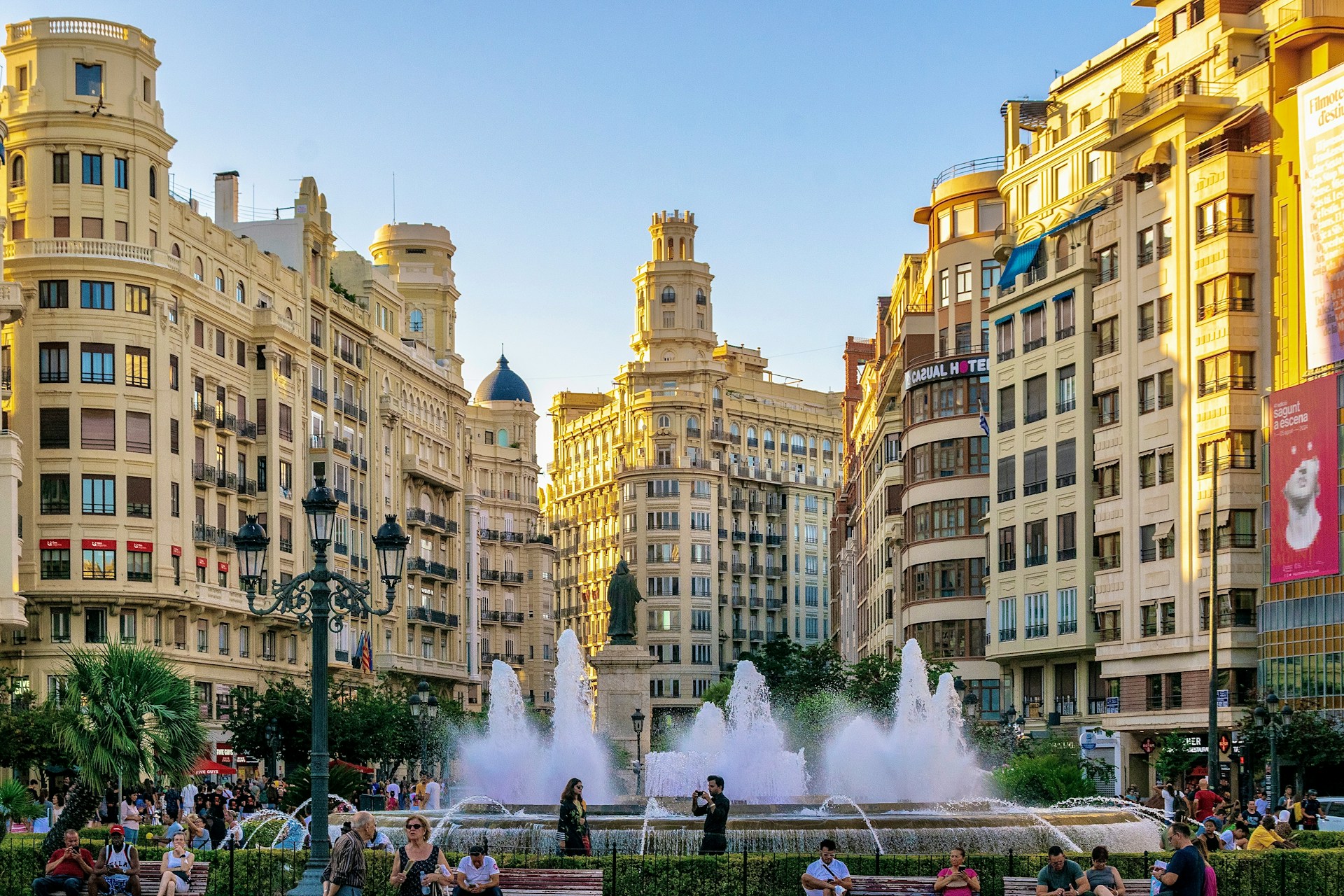Big capitals still dazzle, but smaller cities are doing the quiet winning. Prices ease, tables open, and daily life becomes the itinerary. Trains pull in close to old centers, and mornings start with market chatter instead of lines. What this really delivers is texture that lingers. A cook remembers an order, a bookseller recommends a walk, a bartender slides a local pour with a story. The icons are fewer, the exchanges deeper, and the days feel shaped rather than scheduled.
Lyon, France
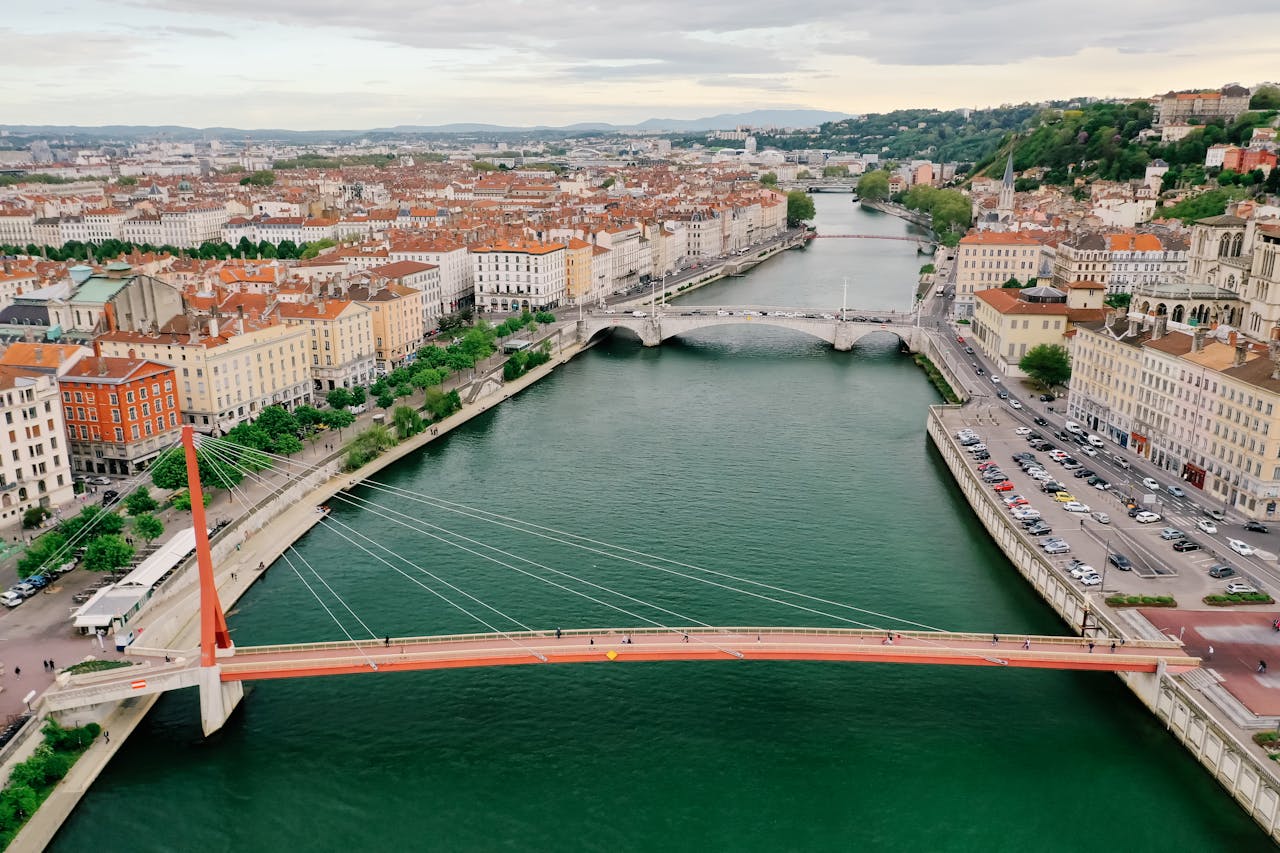
Paris steals headlines; Lyon steals hearts with lunch. Two rivers split quarters that still work for a living, and bouchons turn butter, offal, and Beaujolais into comfort with backbone. Traboules thread stone courtyards between silk looms and bakeries, while Croix-Rousse murals stitch history to walls. The Roman theaters host summer nights, and food markets teach as much as they sell. It feels like a city that never outsourced cooking or conversation, and both show up on time.
Bologna, Italy
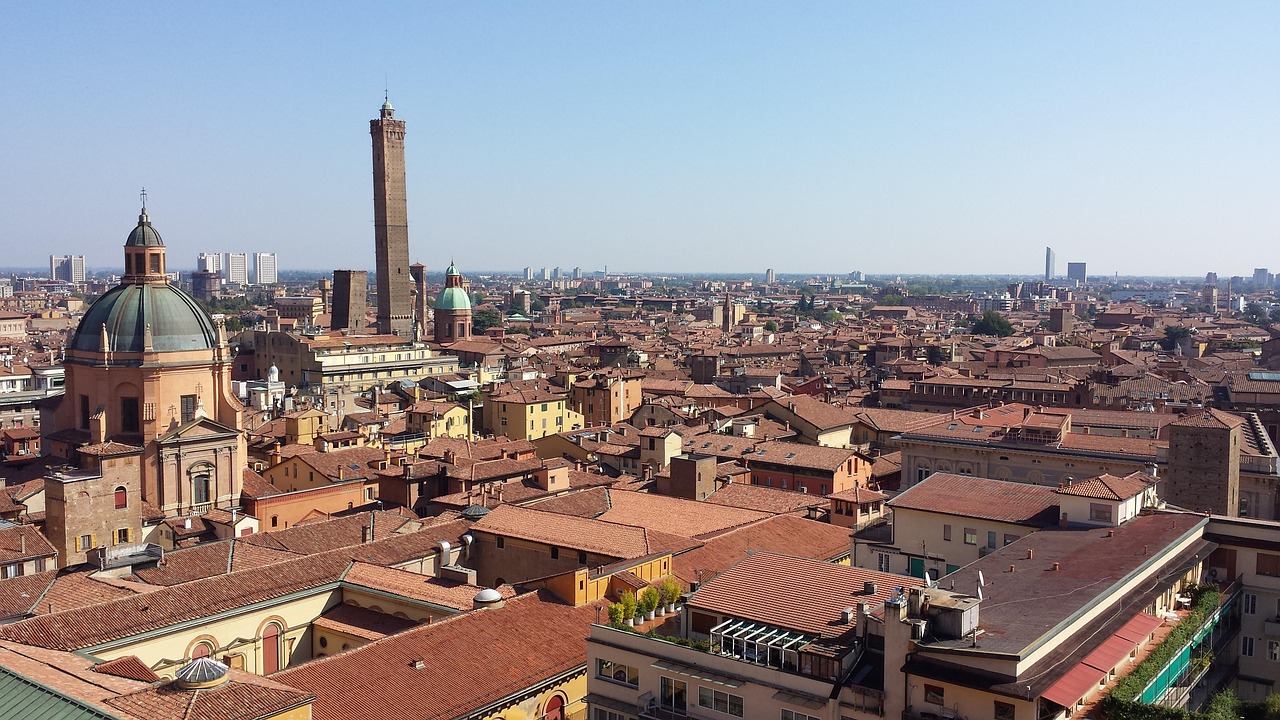
Rome roars; Bologna hums under miles of porticos that make rain irrelevant. Students keep the coffee strong and the bookstores open, and Quadrilatero markets run like clockwork. Tagliatelle al ragù lands with quiet authority, reminding diners that sauce is not a race. Towers lean, bikes rattle, and aperitivo spreads reward patience. Modena and Parma sit an hour away, but dinners here end late with grappa and talk that moves easily between recipes and politics.
Valencia, Spain

Barcelona crowds drift south to a city that remembers balance. A riverbed turned park holds runners, families, and shade, while the City of Arts and Sciences curves against the sky without yelling. Old-town lanes pour horchata and plate late tapas, and beach days finish with paella where the dish began. Oranges perfume side streets in winter, fireworks mark spring, and bikes claim the best of the flat ground. It reads coastal and local in the same breath.
Utrecht, Netherlands
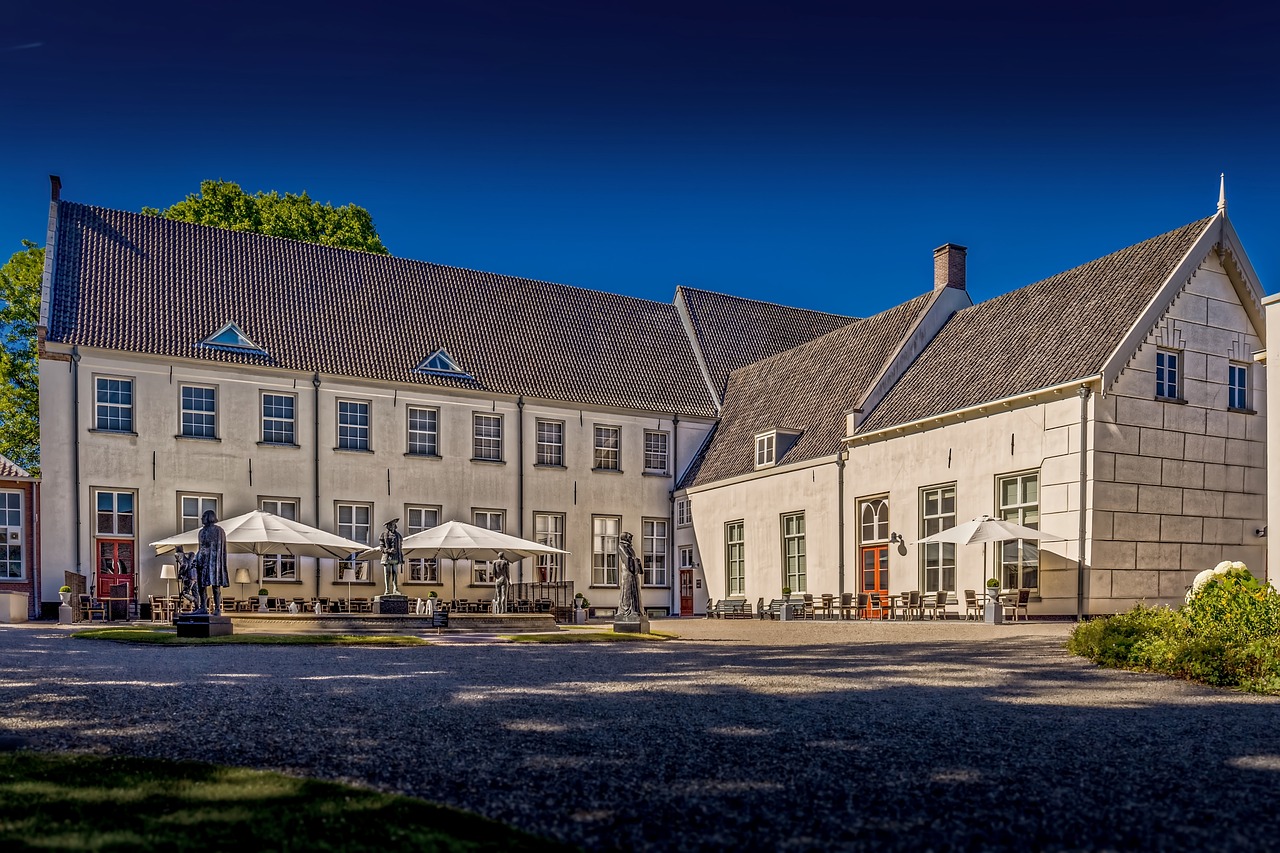
Amsterdam’s canals are famous; Utrecht’s feel lived in. Wharves sit a level below the street, so cafe tables graze the water and boats pass at arm’s length. Domtoren keeps time over student chatter, while small museums favor detail over spectacle. Markets smell like flowers and cheese, and rental bikes make short errands feel like small adventures. It is deeply Dutch without the choreography, a place that trusts visitors to keep pace with everyday grace.
Porto, Portugal
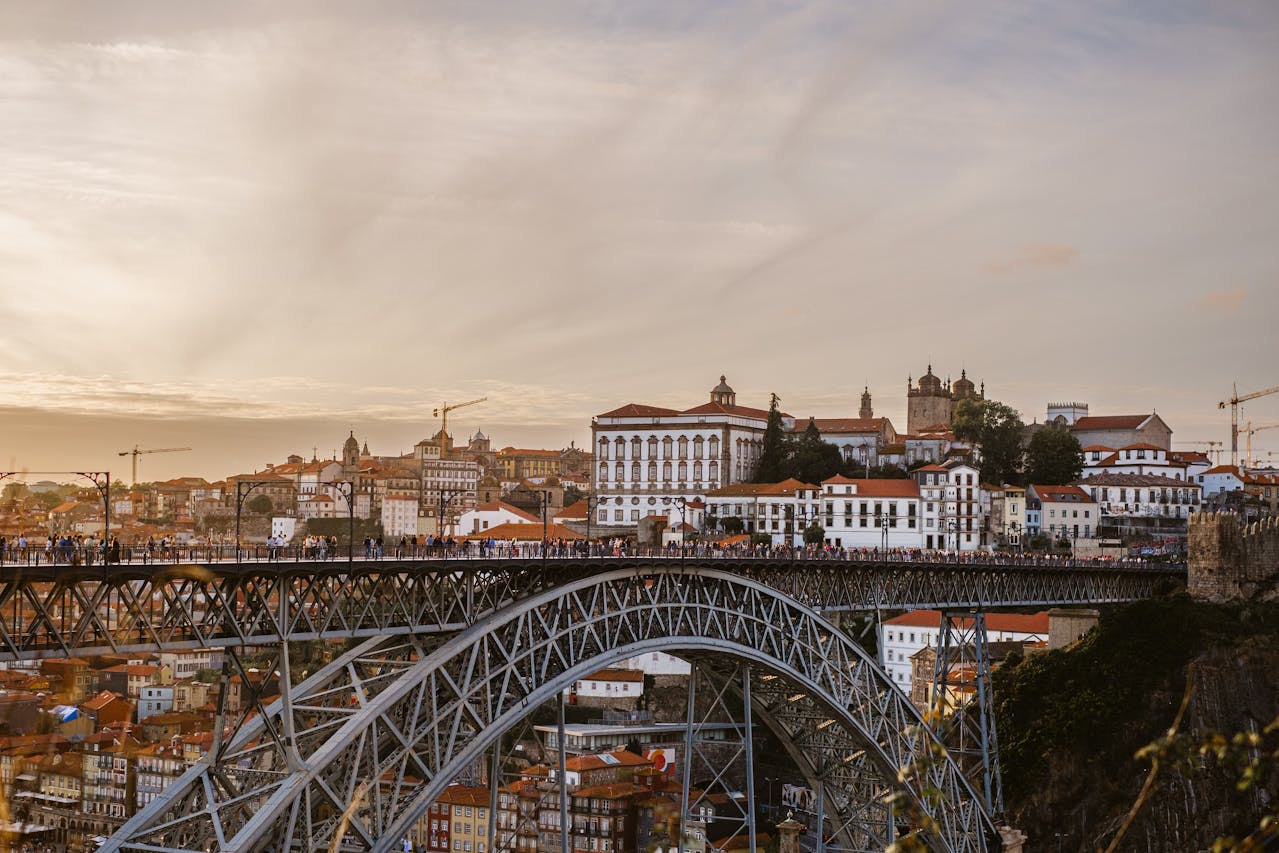
Lisbon sprints; Porto strolls downhill to the Douro. Granite alleys catch west light on blue tile, and port lodges teach patient aging with tastings that end in river views. Francesinha lunches lean hearty, then seafood takes the evening shift. Historic trams still clatter as if nothing changed, and bridges tie neighborhoods together like ribbon. The romance arrives sideways, during blue hour on the quay, or in a wine cave where the air tastes like time.
Trieste, Italy

Instead of Venice, travelers chasing sea air and space land in Trieste. Habsburg facades face a deep-water port, coffee culture borders on religion, and the bora scrubs piazzas clean. Miramare gleams above the gulf, and Slovenia sits within a tram and a stroll. Karst cliffs and caves add a second landscape by noon. The city belongs to crossings more than categories, which gives it a calm, particular mood. Espresso, salt, posters, and a long horizon set it.
Ghent, Belgium
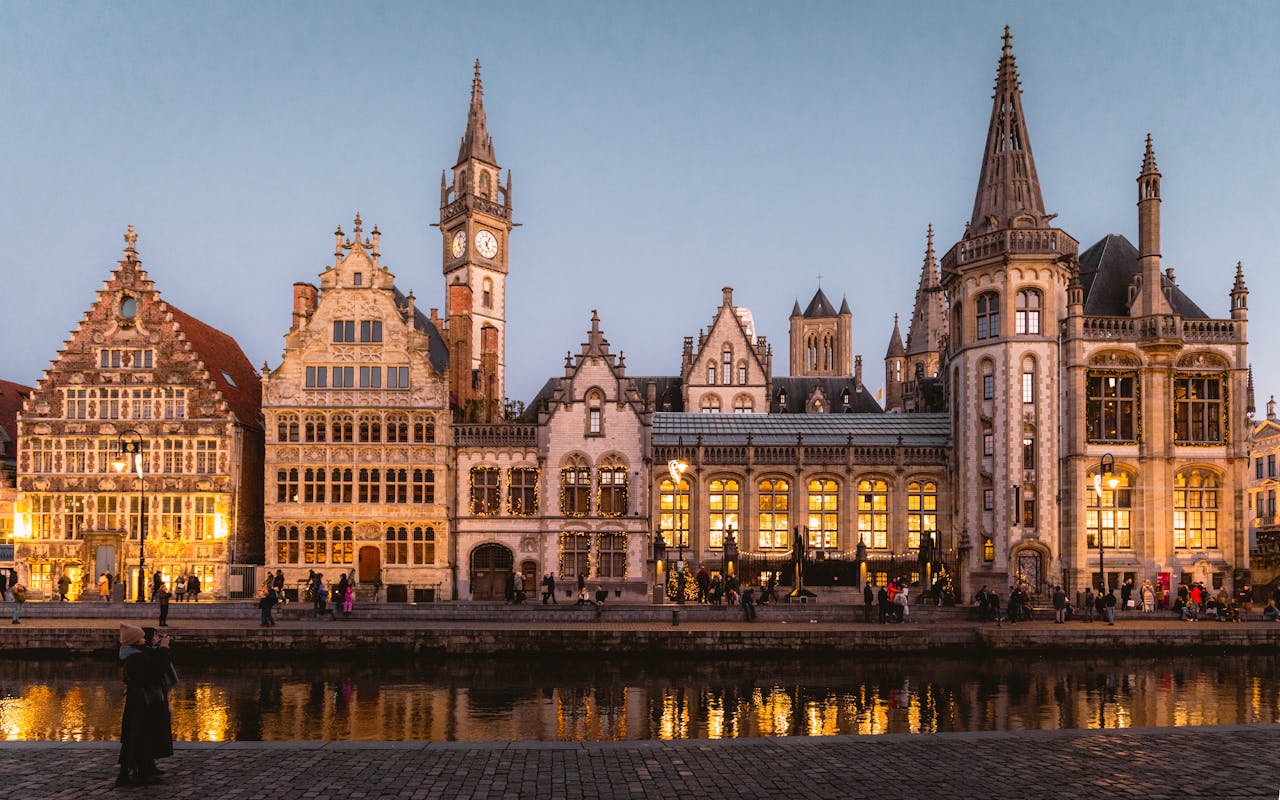
Brussels handles business; Ghent handles joy. Canals mirror neon from bar signs, medieval towers lean into street art, and vegetarian menus read confident rather than dutiful. Gravensteen sits like a film set that never wrapped, while old warehouses hide breweries and venues that play late. Trams hum, bikes rule, and prices stay forgiving thanks to a young crowd. It is Belgium with its collar open, giving visitors a seat without a speech.
Turin, Italy
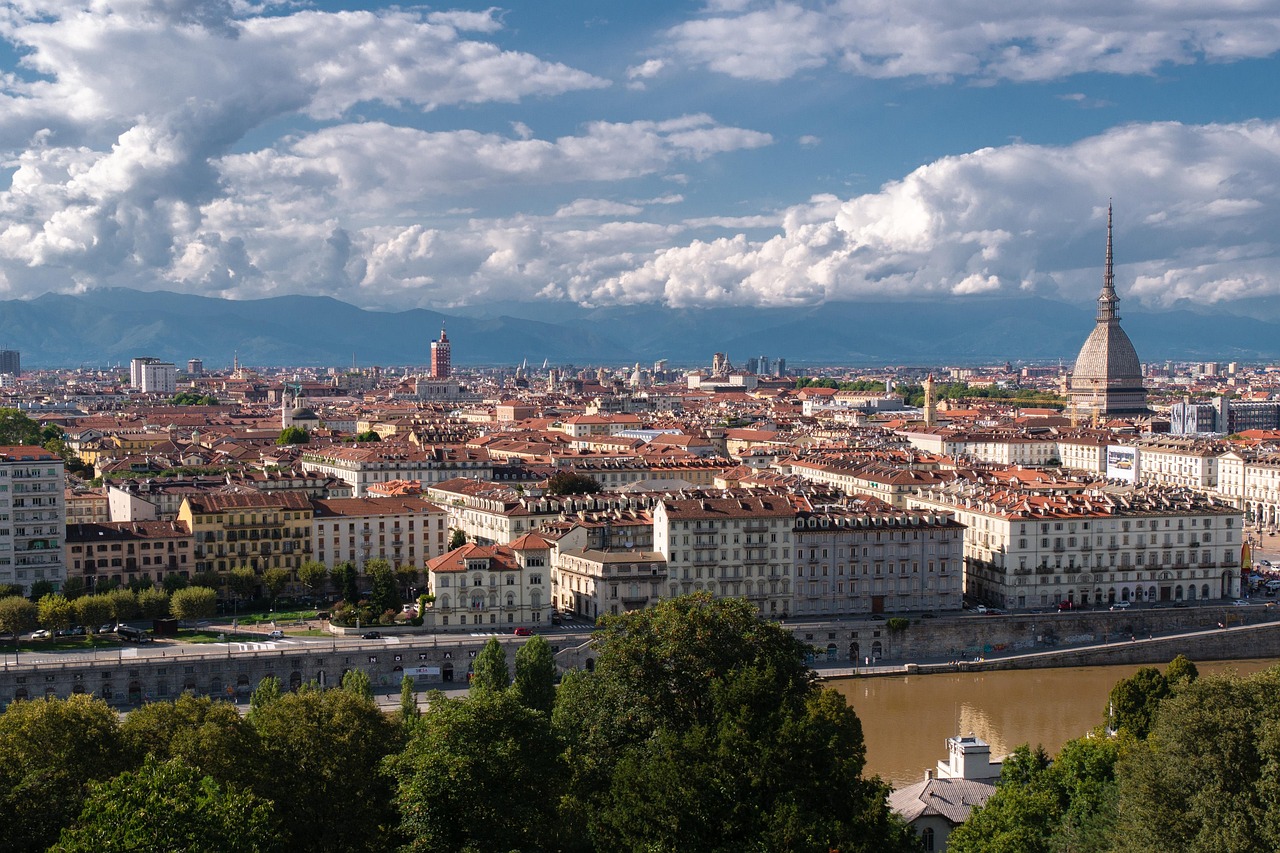
Milan dresses the window; Turin stocks the shelves. Arcades shelter chocolate and aperitivo bars, while a cinema museum climbs through a spire with a sense of humor. Royal palaces sit within tram reach, markets trade truffles and cheese, and straight boulevards frame the Alps like a backdrop. Fiat’s shadow shapes design galleries and worker cafes. Coffee culture runs deep, which means mornings begin with decisions and end with satisfaction. Elegance shows up without trying.
Thessaloniki, Greece
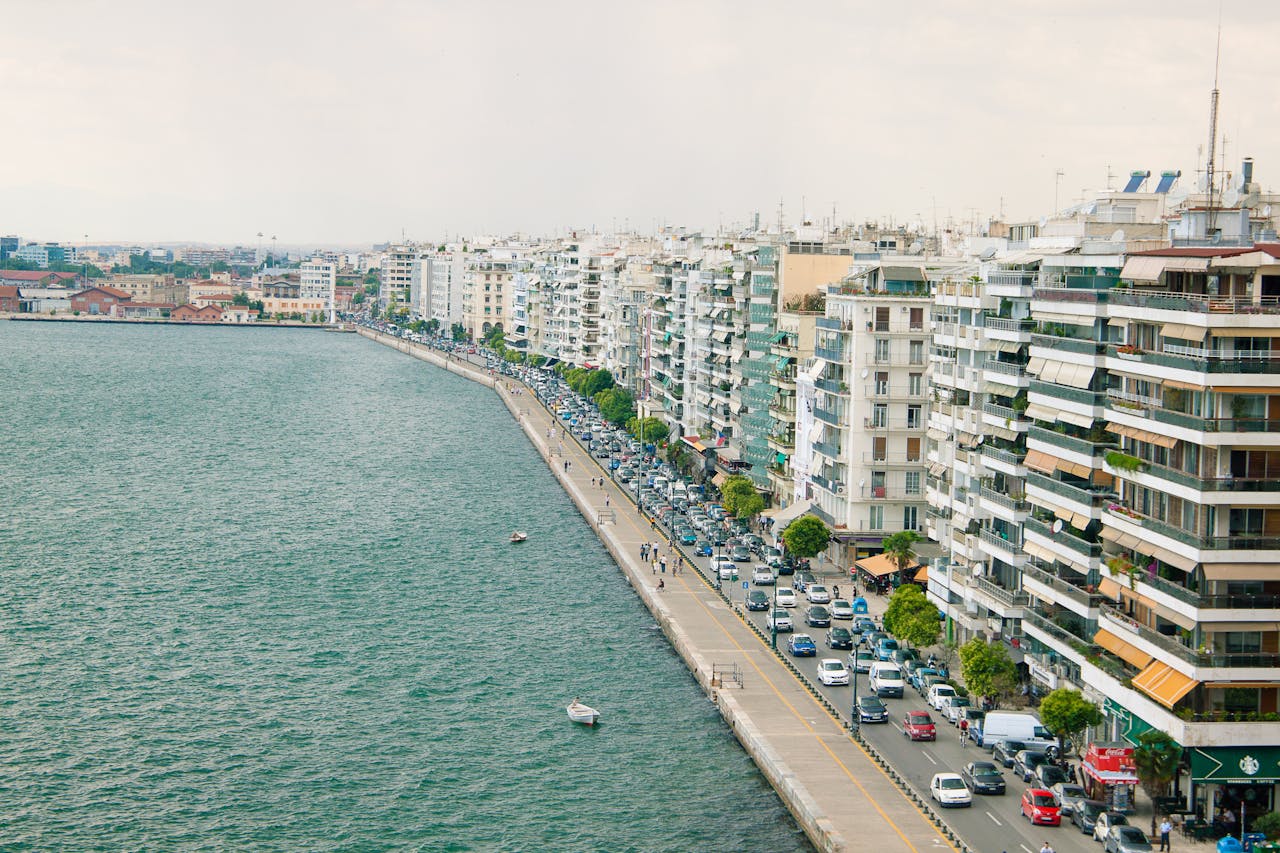
Athens keeps the stage; Thessaloniki keeps the layers. Roman arches meet Ottoman baths and Byzantine brick, then hand the scene to bakeries rolling sesame rings at dawn. Evenings move along the waterfront, from White Tower to bars where music spills into alleys. Grilled fish meets northern wines on crowded tables, and street art slips in between churches. It feels like a city that never chose one century, and learned to live with all of them at once.
Granada, Spain
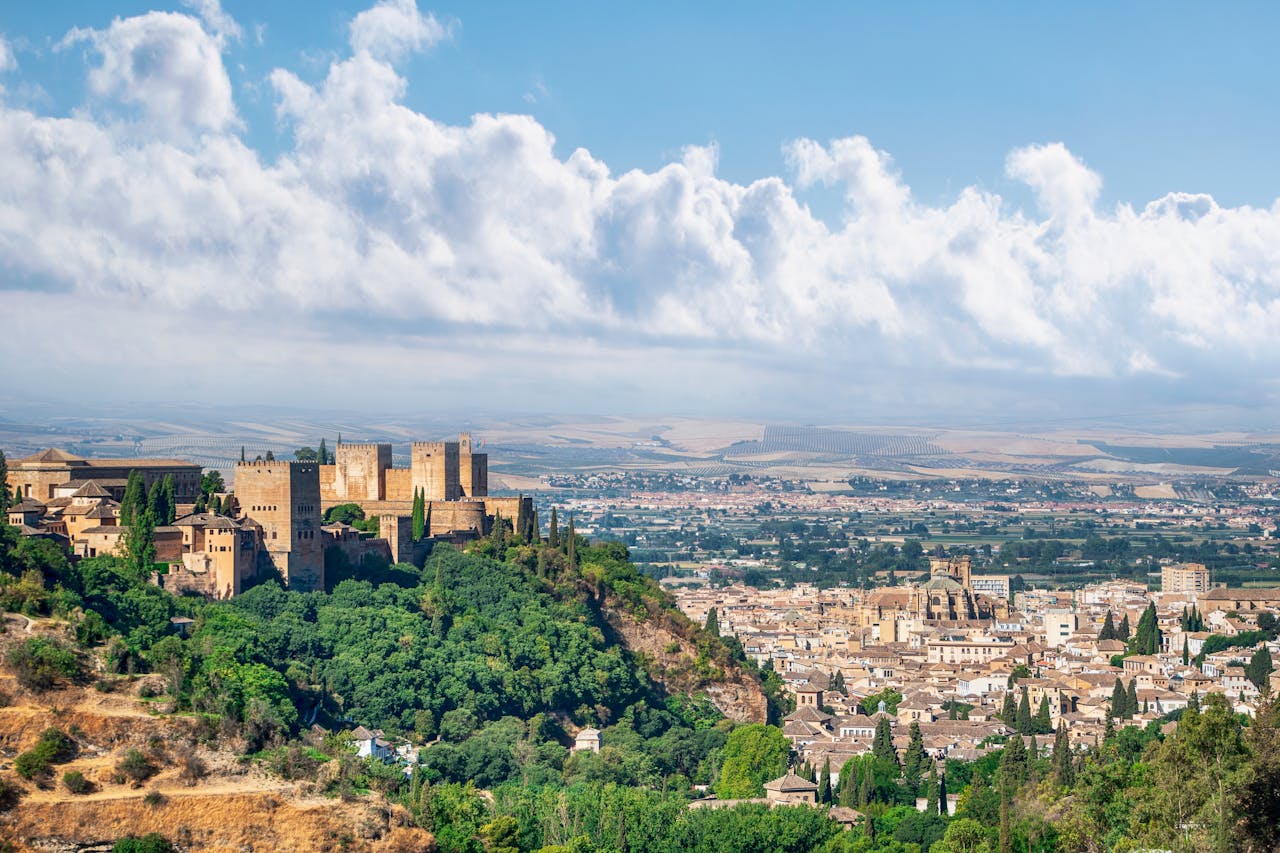
Madrid sprints; Granada glows. The Alhambra crowns a ridge with lacework stone and water that still whispers, while Albaicín alleys climb to sunsets that hush a crowd. Tea houses steam, tapas ride in on each drink, and winter mornings carry orange and snow on Sierra peaks. Students keep prices humane and nights curious, and flamenco finds tight rooms where palms and heels do the talking. History here is intimate and generous.
Wroclaw, Poland
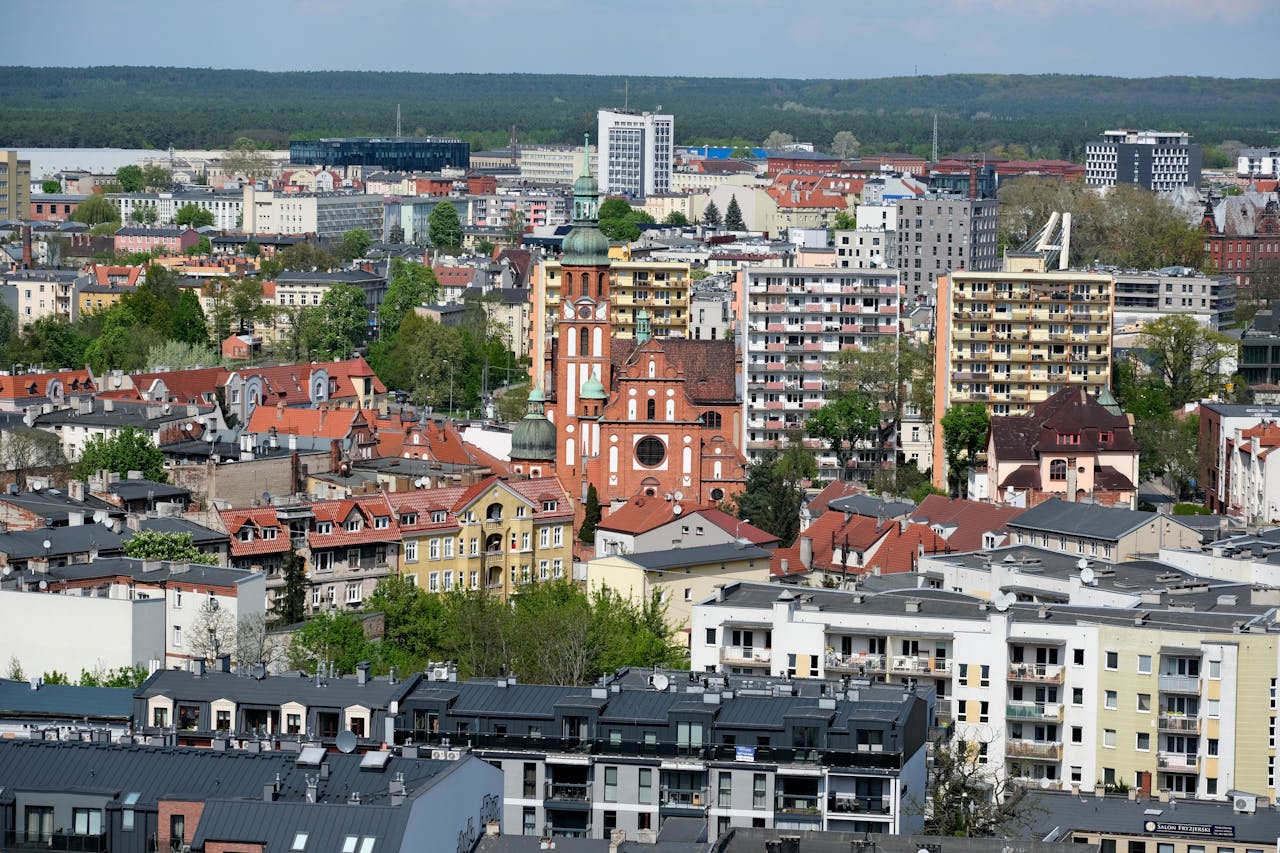
Warsaw hustles; Wroclaw charms across a river split into islands. Bridges stitch neighborhoods, dwarfs hide in plain sight, and a market square rebuilt with care manages pride without stiffness. Cafes keep strong coffee and soft seats, craft beer works alongside pierogi, and festivals never overwhelm the small courtyards. Day trips reach baroque churches and sleepy countryside. It is Central Europe at ease, with hospitality that feels instinctive rather than promised.
Ljubljana, Slovenia
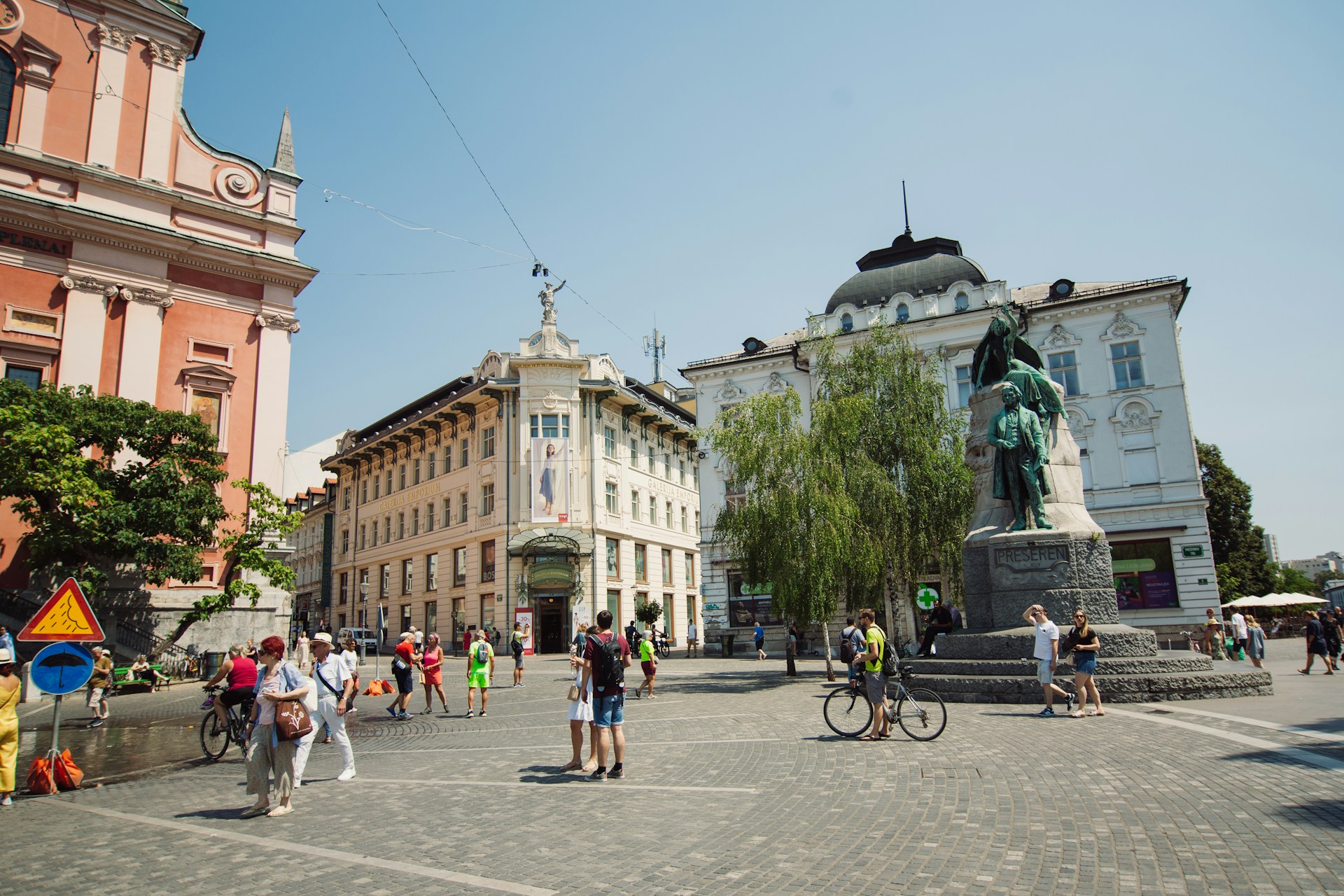
Vienna dazzles; Ljubljana balances. A car-light center curls around a slow river, and Plečnik’s bridges do quiet drama better than most stages. Markets pile mushrooms, honey, and flowers under a castle that watches without looming. Cafes push chairs to the water like they were made for it. Lakes, caves, and vineyards sit under an hour away, so days expand without strain. Small enough to learn in a weekend, rich enough to reward a week.
